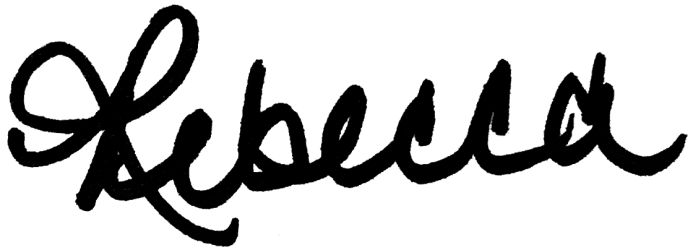Further to last week’s post about some stats surrounding big transitions, I’m staying with Bruce Feiler’s work this week to explore his “transition toolkit.”
I love the image of a toolkit. You grab what you need at the time. You may have to rummage around a bit. You likely won’t use everything you have, but your tools are there when you need them, even if they are a bit rusty or you’ve never actually pulled them out before…
I also appreciate the tools he recommends — here they are, with some quick editorializing from me:
Sort out how to move away from resistance and toward acceptance. This usually requires pushing through the indecision of fear and the self-protection of sadness and a soup of other emotions.
Rituals give us containers, language and symbols by which we mark a change. Without them, our bodies are likely to mark the change for us anyway, likely in less healthy ways.
We have to shed old identities in order to take on new ones. Feiler’s inclusion of Margaret Atwood really spoke to me:
“When you are in the middle of a story it isn’t a story at all, but only a confusion; a dark roaring, a blindness, a wreckage of shattered glass and splintered wood; like a house in a whirlwind, or else a boat crushed by the icebergs or swept over the rapid, and all aboard powerless to stop it.”
In-between times are fertile ground for creativity, as apparently it thrives on disconnection, marginality and chaos! Writing and other creative outlets are “meaning accelerators.”
It’s said that “a problem shared is a problem halved.” Feiler writes about the benefits of finding wise teachers with whom to share our journey. Sometimes they comfort us, other times they nudge us or contradict us or slap us — whatever their role, they help make the process of transition less lonely.
At some point, we need to unveil our new selves. We launch a new identity into the world, often in the form of personal projects or small steps, but sometimes by making bold moves. I have found experimentation to a be a useful practice when trying out this tool.
Eventually, we can put some distance between our past and our present by telling our repaired story in a new way. I appreciated his reference to Catherine Burns here, who advises us to “speak out of scars, not wounds.” Yes.
Just because you’ve added a tool to your toolbox doesn’t mean you know how to use it well quite yet. It would be my honour to help you practice — reach out if some coaching conversations would be well-timed right now.
